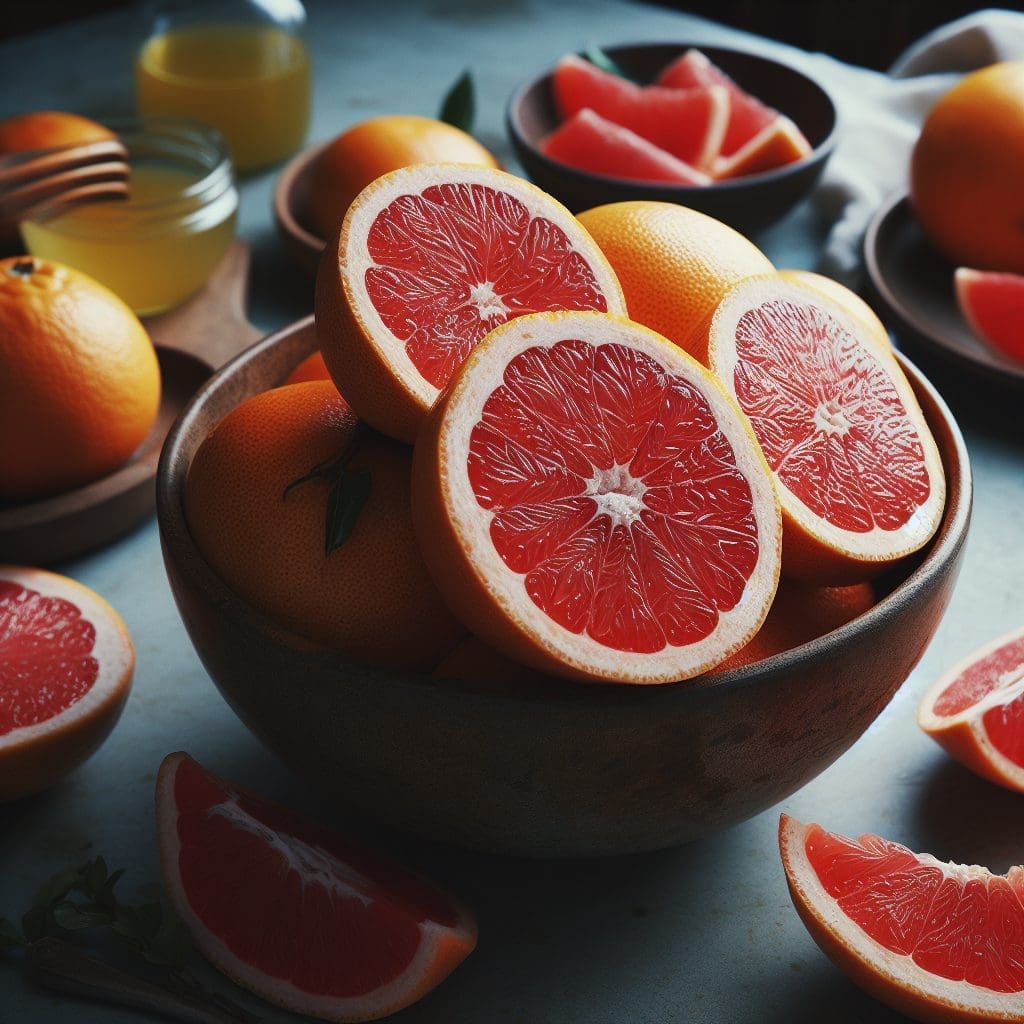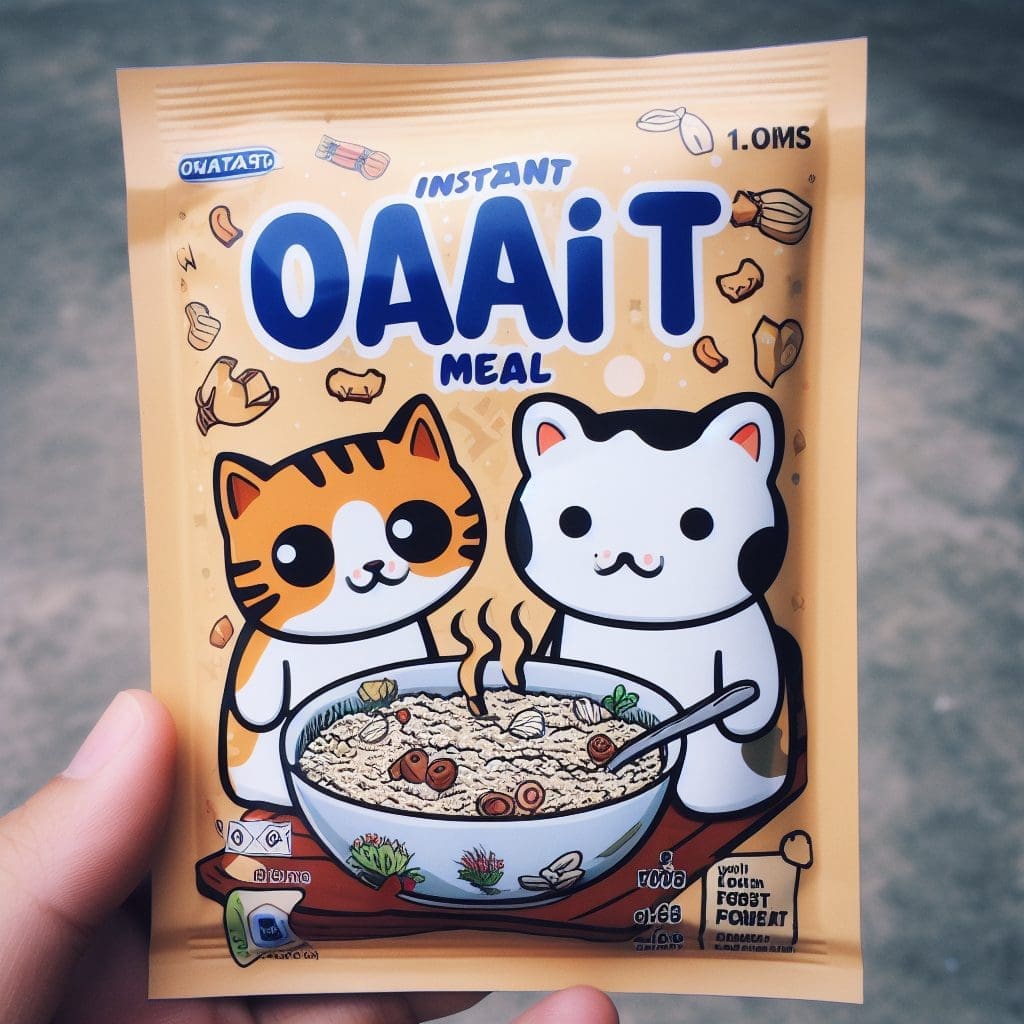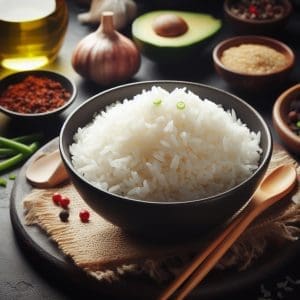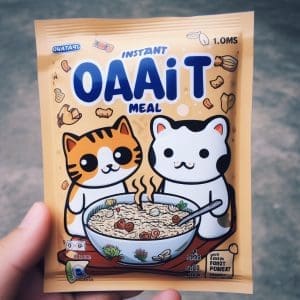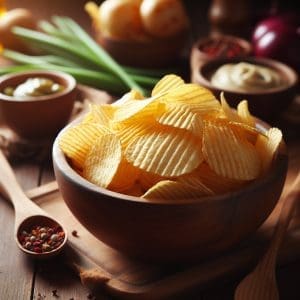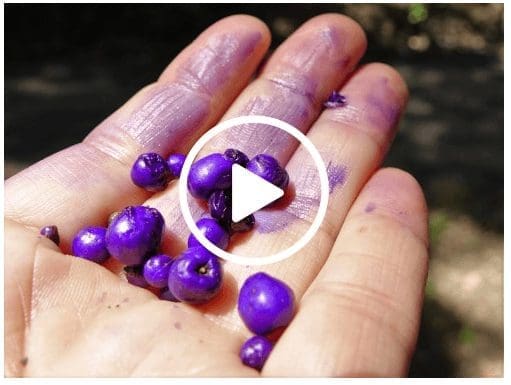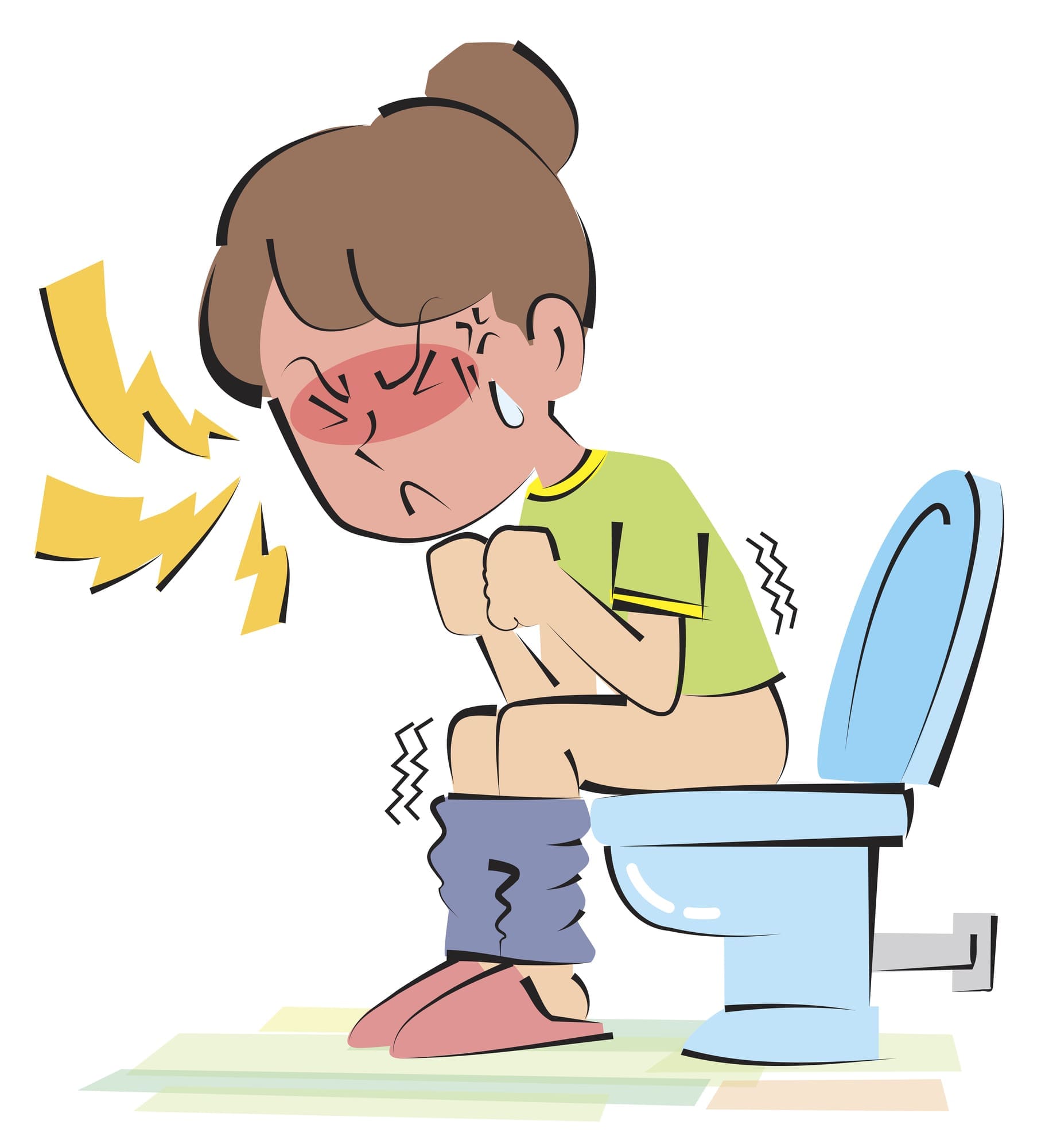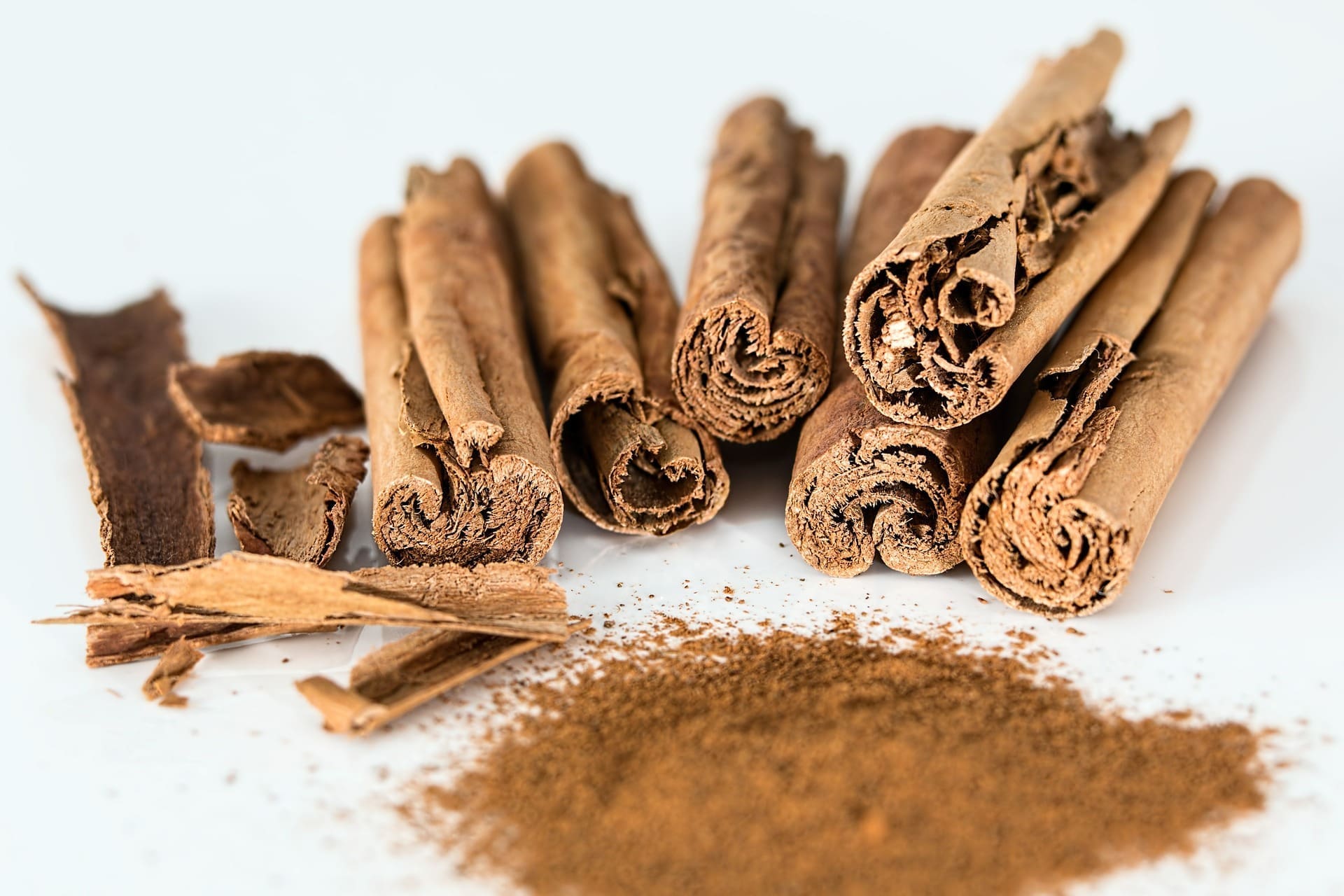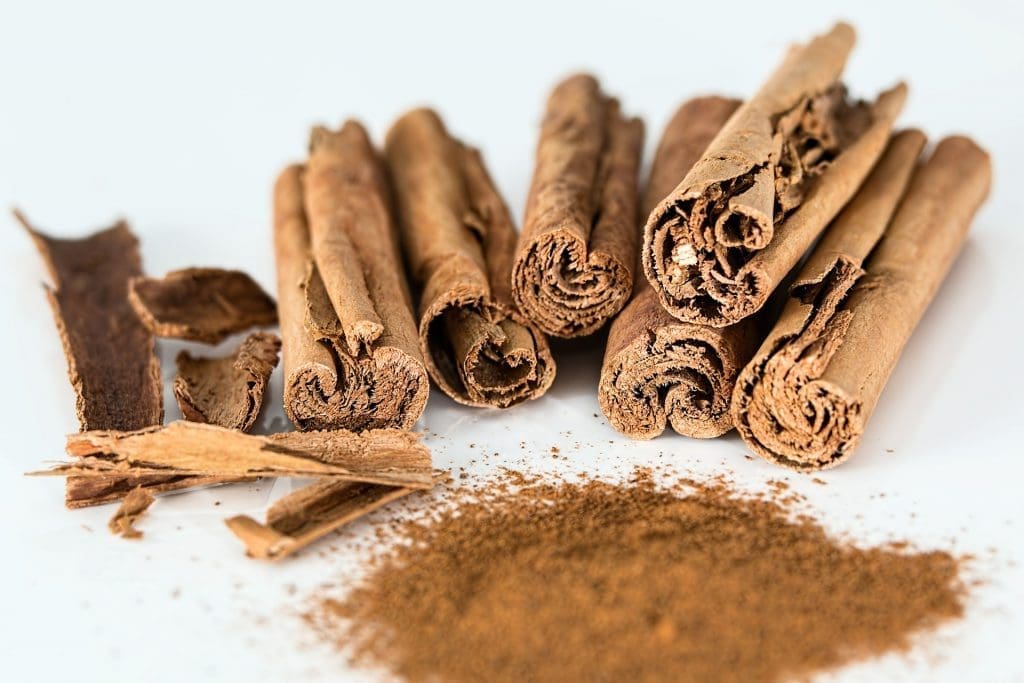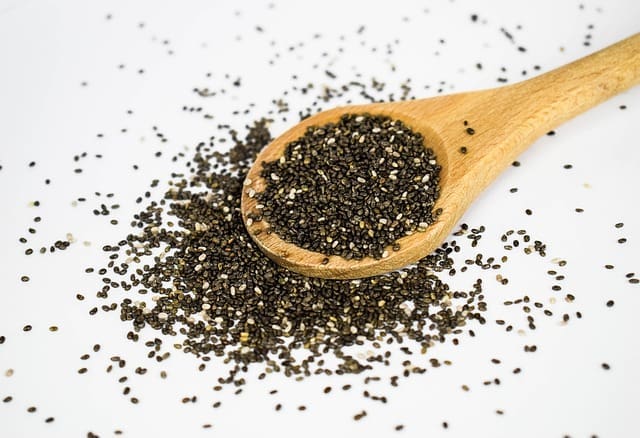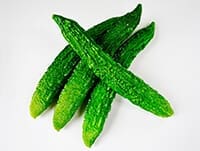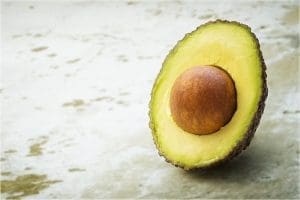
Pesky food cravings can be so hard to ignore!
They whisper in your ear, begging you to go to the fridge, or to grab a snack from the office vending machine.
But those whispering voices are never satisifed – they always want more, and more, and more!
But don’t worry, there are little tricks you can try to confuse and calm the whispering voices in a healthy way.
Here are 7 science-backed ways to do it:
1. Stay hydrated
Thirst is often confused for hunger.
Before snacking, drink a big glass of nutritious hibiscus tea or lemon water.
One study found that drinking two cups of water before meals resulted in greater weight loss compared to a control group.
So fill up on fluids to calm those cravings.
2. Get moving
A little walk or stretch session is a simple way to burn off nervous energy that can disguise itself as hunger.
Plus, exercise releases endorphins along with hormones like irisin that suppress appetite.
Just 30 minutes of moderate activity can reduce cravings for chocolate!
3. Chew slowly
Savoring each bite tricks the mind and tastebuds, satisfying with smaller portions.
In fact, fast eaters consume up to 71% more calories per meal, research shows!
Pop in a piece of mint gum after eating to avoid feeling deprived.
4. Distract yourself
When a craving hits, shift your focus to something else uplifting.
Call a friend, play some cheerful music, or watch a comedy show.
Laughter truly helps! Studies demonstrate that our food memory and perception of taste are weakened when we’re distracted.
So keeping busy curbs cravings.
5. Go for the crunch
The urge to munch is often about texture rather than just flavor.
Snack on celery sticks, sliced bell peppers, or apples with nut butter for wholesome crunch.
Scientists suggest that the more we chew, the less likely we are to overeat. Crunchy foods force us to chew thoroughly!
6. Portion control
Allow yourself a small treat in moderation.
A little dark chocolate or a handful of nuts can do wonders! Stick to single-serve bags or containers.
Research on portion sizes shows that when given larger portions, people eat up to 30% more without realizing it. Wise moderation is key!
7. Relax and breathe
Stress drives poor food choices by increasing levels of the hormone cortisol, which boosts cravings for fat and sugar.
Make time to just sit and breathe deeply for 5 minutes when the urge strikes. It will pass!
Studies demonstrate that deep breathing activates the parasympathetic nervous system to reduce anxiety and cravings.
So there you go.
With a few simple substitutions backed by nutritional science, you can outsmart those pesky cravings.

